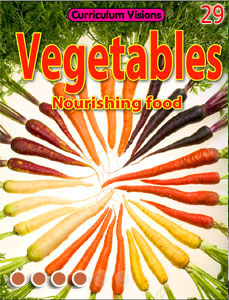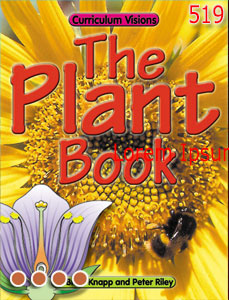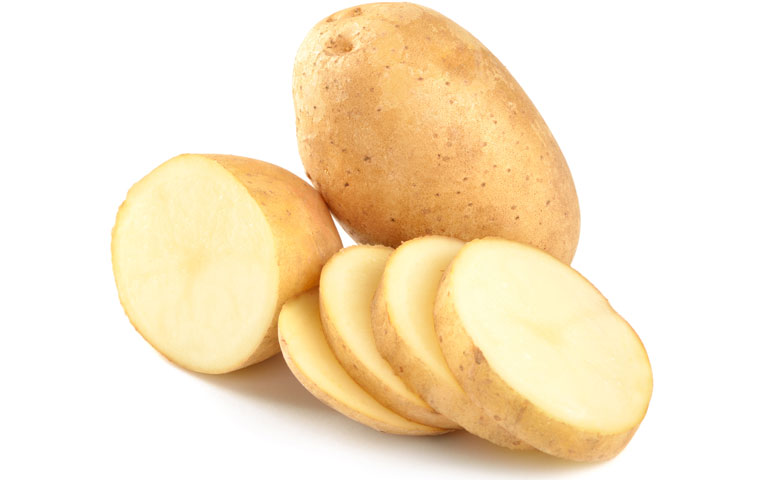The potato is one of the main food crops of the world. It is a tuber and made mostly of starch. Starch is a slow-release form of energy.
The plant grows wild in the Andes of South America and nearby areas, and that is where it was first seen by Europeans and then introduced back into Europe. However, the potatoes we all eat are from tubers brought back from the lowlands of south-central Chile.
People in East and central Europe eat more potatoes per head than anyone else in the world. It has been a main crop in Europe and North America for centuries, but is now becoming increasingly popular in Asia. A third of the world's potatoes are grown in China and India. Potatoes will grow anywhere where the climate is cool.
A medium-size 150g potato with skin gives 45% of the daily needs of vitamin C , 18% of potassium and 10% of vitamin B6. There are 26g of carbohydrate in a medium potato, in the form of starch. It is also a source of fibre because not all of the potato is digested. If you want more fibre from potatoes, then you need to boil them, then leave them to cool as you would, for example, in a salad. Cooked potato starch contains about 7% fibre, but that increases to about 13% when cold.
Potatoes are not used in counting towards a healthy proportion of fruit and vegetables, but thought of more like bread - a possible cause of putting on weight.
Potatoes are grown from seed potatoes, which are small tubers kept back from the crop. When they are harvested potatoes need to be kept in the dark at just above freezing. A fridge will do this. If put in the light, the skin goes green and contains poisons.
Potato starch is used in the food industry as thickeners and binders of soups and sauces. It is made into glue, and used in paper making.





